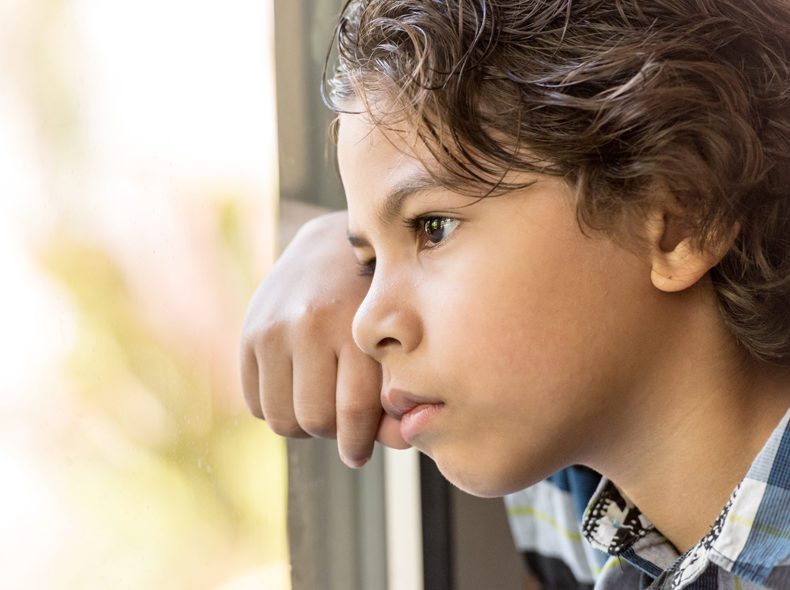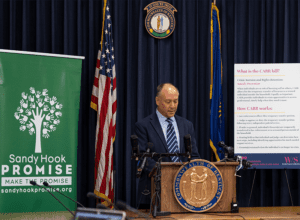Three educators with decades of classroom experience recently shared their strategies for connecting with students during physical distancing.
These strategies are more important than ever as mental health problems among students are a critical concern. Whether learning virtually or returning to the in-person classroom, many students are experiencing anxiety, depression, and suicidal thoughts. Educators shared their ideas during a webinar held recently by the National Center for School Safety. It was one of several held recently in conjunction with Sandy Hook Promise.
“More students are isolated than ever before and we know it can have negative impacts,” said Dr. Rachel Masi, the research director for Sandy Hook Promise. “We also know from our research that school connections matter.”
“A positive relationship with a teacher or trusted adult can improve academic performance, peer relationships, and help a student feel more connected to the school,” she said. “That interaction can impact children on so many levels and can moderate that feeling of isolation.”
Wellness Checks
Trying to stay connected with your students is no easy task these days. Many students are still distance learning or in hybrid models. And coming back to school full-time will also have its own set of complications.
“When in the classroom, teachers can do a wellness check at the beginning of the day,” said La-Shanda West, a high school educator who has taught in Miami for nearly 20 years. “Ask your students how they are doing and how they feel, and let them know that how they feel matters. A little support can go a long way.”
Depending on your school’s bell and class time structure, West noted that wellness checks can be done during the first five or ten minutes of class, and another check in the middle of the school day.
Mary Pat Carr, the assistant principal of a high school in North Carolina with more than 2,400 students, said about half of the students are learning virtually while half are in the classroom.
Carr, who is responsible for student engagement at the school, said every student is enrolled in an advisory class that emphasizes a social and emotional learning curriculum. These classes, she said, create an opportunity for a student to make a real connection with at least one adult. It also offers the opportunity to create a positive class culture.
The advisory classes also conduct activities surrounding monthly themes. These include everything from Black History Month and Women’s History Month to Say Something and Start With Hello weeks.
“We keep hearing from our students about their need to return to normalcy,” Carr said. “They want to feel celebrated and included.”
Connecting In a Virtual World
A “caravan of staff” visits every new student learning remotely to make sure they are connected to at least one educator., she said. Volunteers visited each freshman at the beginning of the year at their home and presented them with a lawn sign that said ‘Proud Member of Stagg High School.’
“Even if they are learning virtually, we want every student to feel like a member of the Stagg community,” she said.
The school also has a host of support staff who provides students with daily food deliveries, health and vaccination forms, and assistance finding mental health resources in the community.
“It’s a valuable service for both the families and the students,” she said. “If their basic needs aren’t being met, students won’t be able to learn.”
Michelle Henne, a veteran educator from Florida, stressed the importance of a Social-Emotional Learning (SEL) curriculum. Every child who will be returning to school will have some kind of loss or grief that they’re dealing with. To be able to communicate how they feel, she said, is huge.
Henne reminded educators they also have to take care of themselves to effectively support their students. Her school has assigned a wellness director who organizes various activities for staff members. Those can include anything from a step challenge to meditation sessions and virtual panel discussions.
Take Action
Sandy Hook Promise’s Know the Signs programs offer SEL activities that can easily be used by educators in the classroom and virtually. SAVE Promise Clubs have also empowered students and helped them become more engaged.


